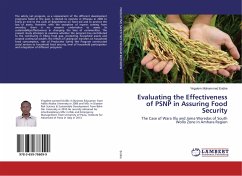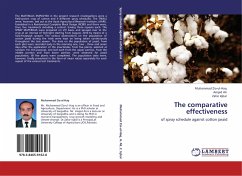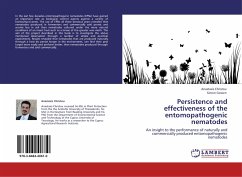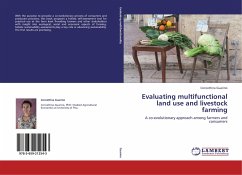The safety net program, as a replacement of the different development programs failed in the past, is started to operate in Ethiopia in 2005 to bring an end to the cycle of dependence on food aid and to protect the loss of assets. However, with the exception of reports coming from woredas, there is no research undertaken to assess its sustainability/effectiveness in changing the lives of communities. The present study attempts to examine whether the program has contributed to the community in filling food gap, protecting household assets and created communal wealth, the effects of cash/grain transfers on household food consumption, role of Productive Safety Net Program constructed social services to household food security, level of household participation and integration of different programs.
Bitte wählen Sie Ihr Anliegen aus.
Rechnungen
Retourenschein anfordern
Bestellstatus
Storno








